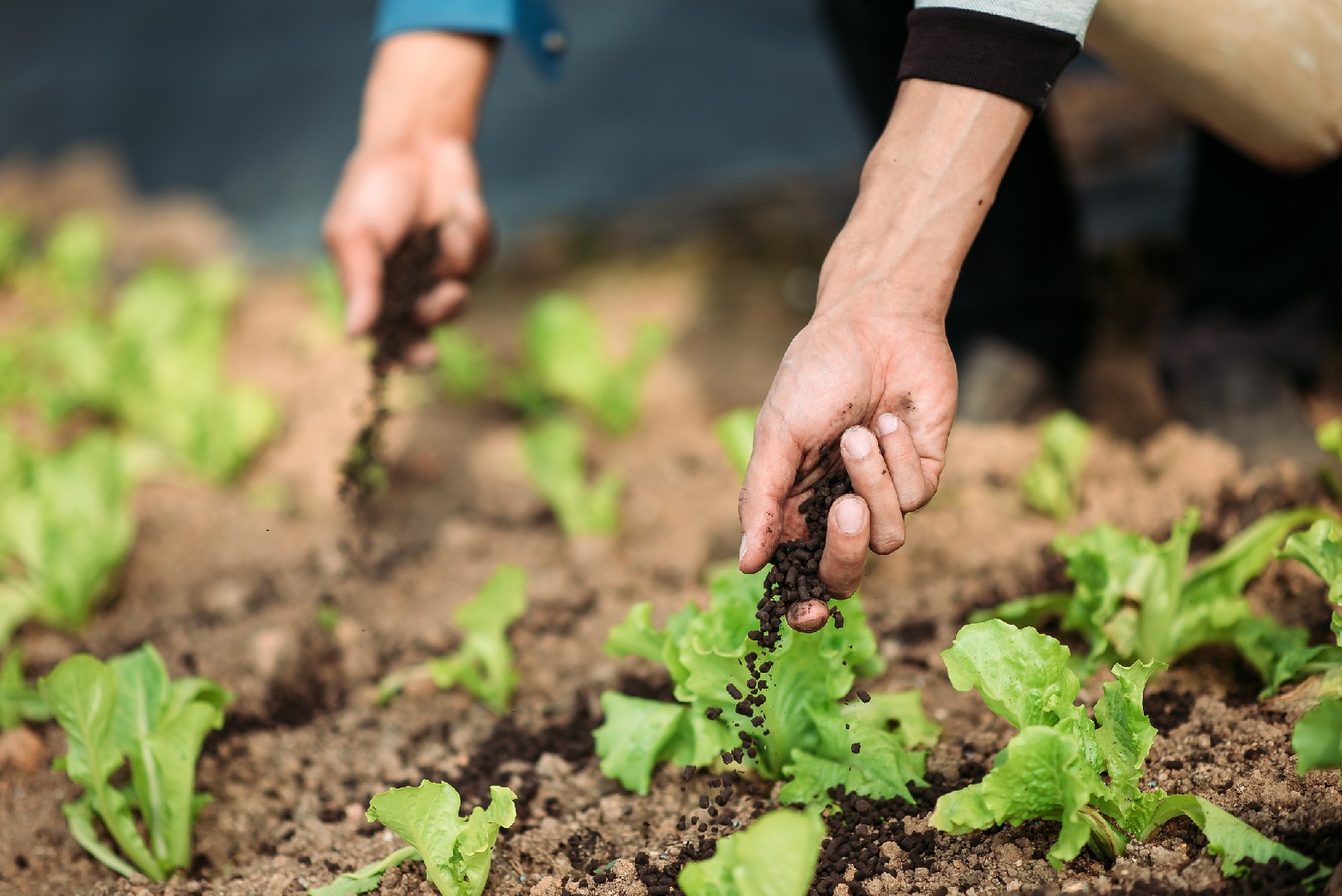![Rectangle]()
Choosing the Right Fertilizer for Perennials
When it comes to fertilizing your perennials, choosing the right fertilizer is crucial for ensuring season-long blooms and healthy plant growth. There are various types of fertilizers available, each with its own advantages and considerations.
Organic fertilizers are derived from natural sources and are rich in nutrients. They include compost, manure, bone meal, and fish emulsion, among others. These fertilizers provide a slow release of nutrients, which is beneficial for perennials as it promotes steady and consistent growth. Organic fertilizers also improve soil structure and enhance its ability to retain moisture, creating a favorable environment for plant roots to thrive.
On the other hand, synthetic or chemical fertilizers are manufactured from inorganic compounds. They are typically composed of concentrated nutrients that are readily available for plant uptake. Synthetic fertilizers offer immediate results and are often used for quick fixes or addressing nutrient deficiencies. However, they can leach nutrients from the soil if not applied properly, leading to environmental pollution.
So, how do you choose the right fertilizer for your perennials? The first step is to assess your soil condition and understand the specific needs of your plants. Conduct a soil test to determine its pH levels, nutrient content, and any deficiencies. This information will help you select fertilizers that cater to your perennials' requirements.
Consider the type of perennial you are growing. Different perennials have different nutrient requirements, and choosing a fertilizer that addresses those needs is important. For example, flowering perennials require a fertilizer high in phosphorus, which promotes blooming, while foliage-focused perennials benefit from a nitrogen-rich fertilizer for lush, green leaves.
When applying fertilizers, always follow the instructions on the packaging. Use the recommended amount to avoid over or under-fertilizing your perennials. Over-fertilization can burn the roots and harm the plants, while under-fertilization may result in weak growth. Apply the fertilizer evenly around the base of the perennial, taking care not to let it come into direct contact with the stems or leaves.
To ensure safe and efficient usage of fertilizers in your perennial garden, it's important to consider environmental factors. Avoid fertilizing during rainy periods, as excess water can wash away the nutrients before the plants can absorb them. Instead, choose dry weather when the soil is adequately moist.
In conclusion, choosing the right fertilizer for your perennials is essential for their overall health and blooming potential. By considering the type of fertilizer, specific plant needs, and soil condition, you can provide your perennials with the nutrients they require to thrive. Remember to follow the instructions on the packaging and consider environmental factors for safe and efficient fertilization. With the right fertilizer, your perennial garden will flourish and reward you with vibrant blooms throughout the season.





